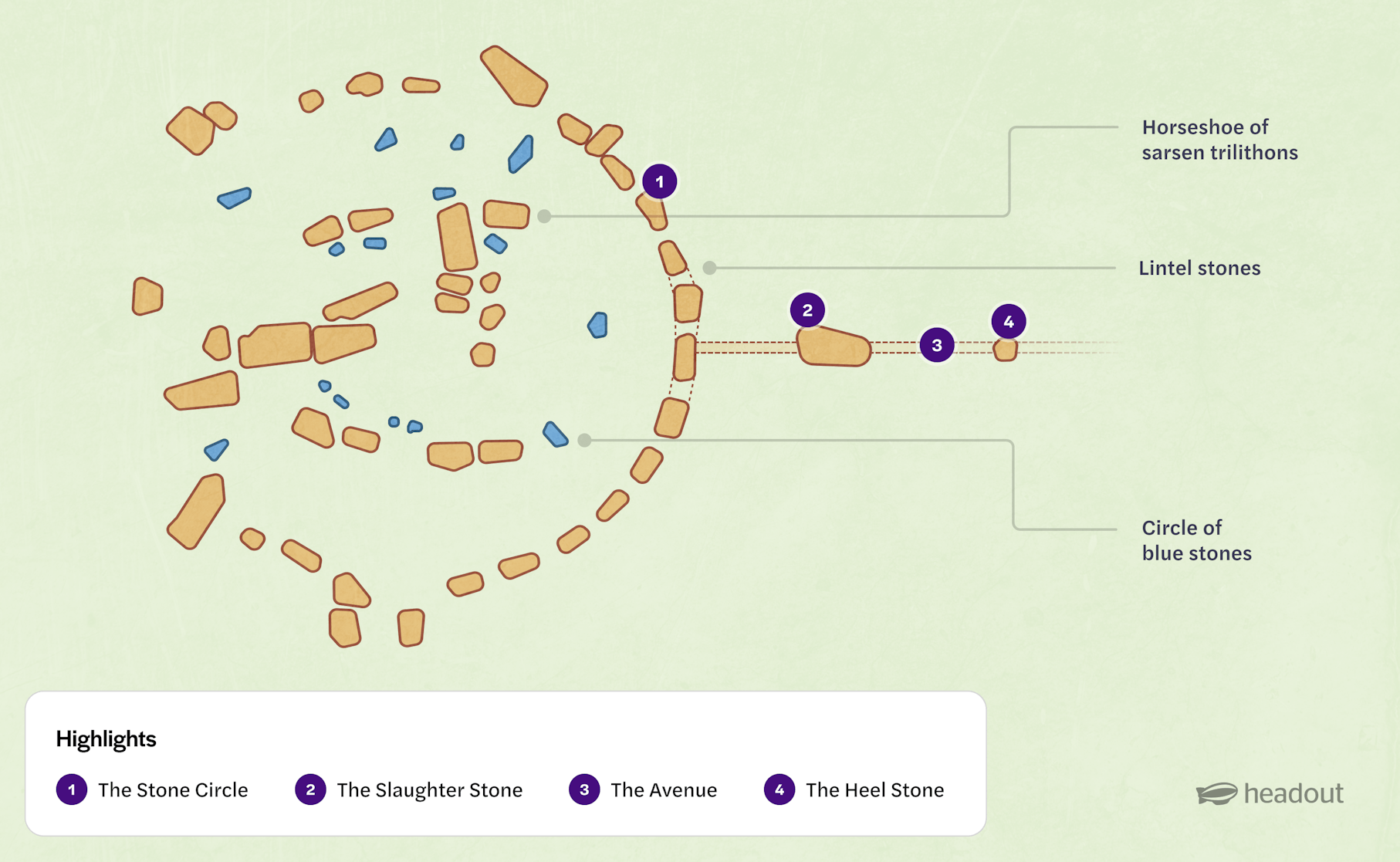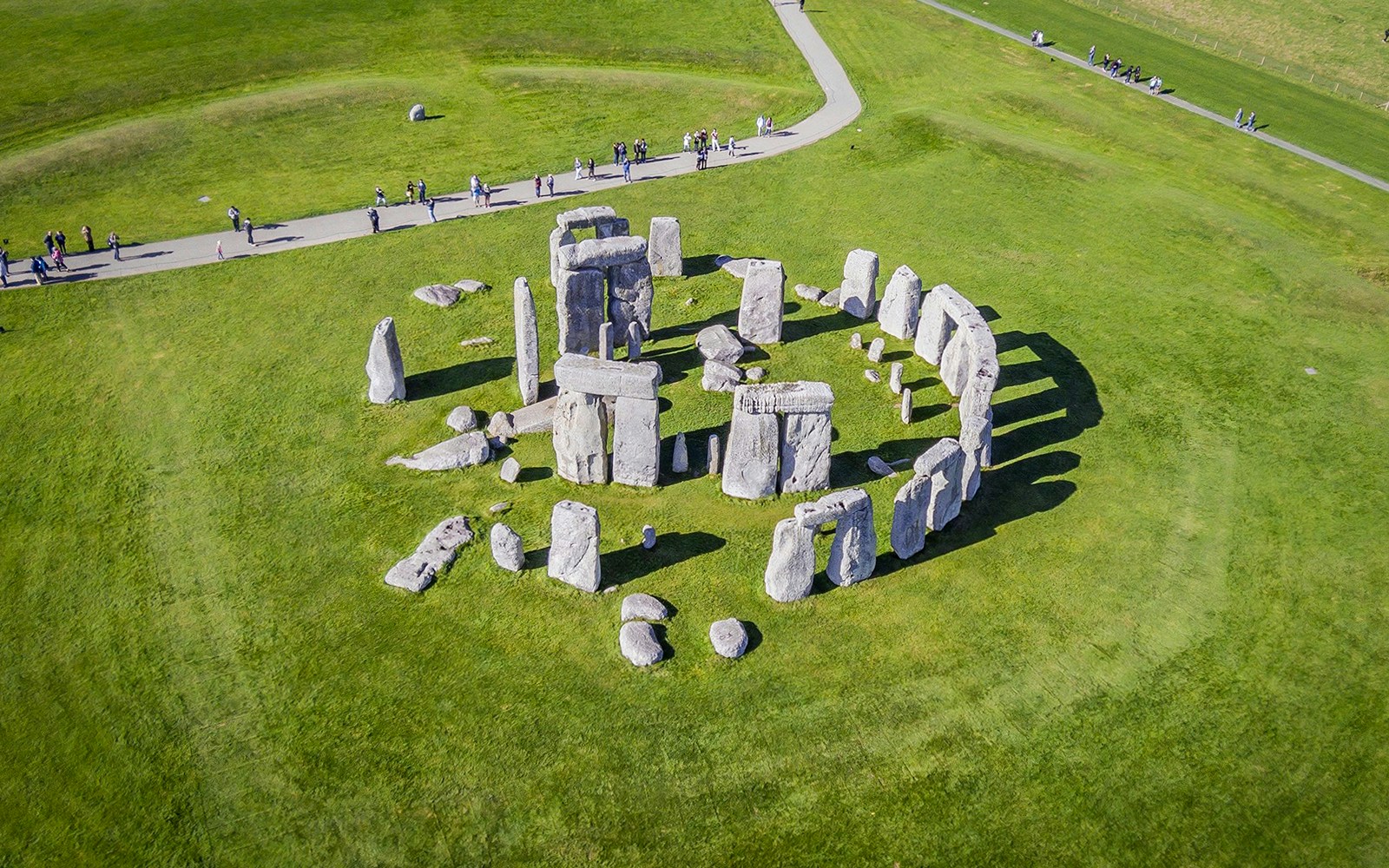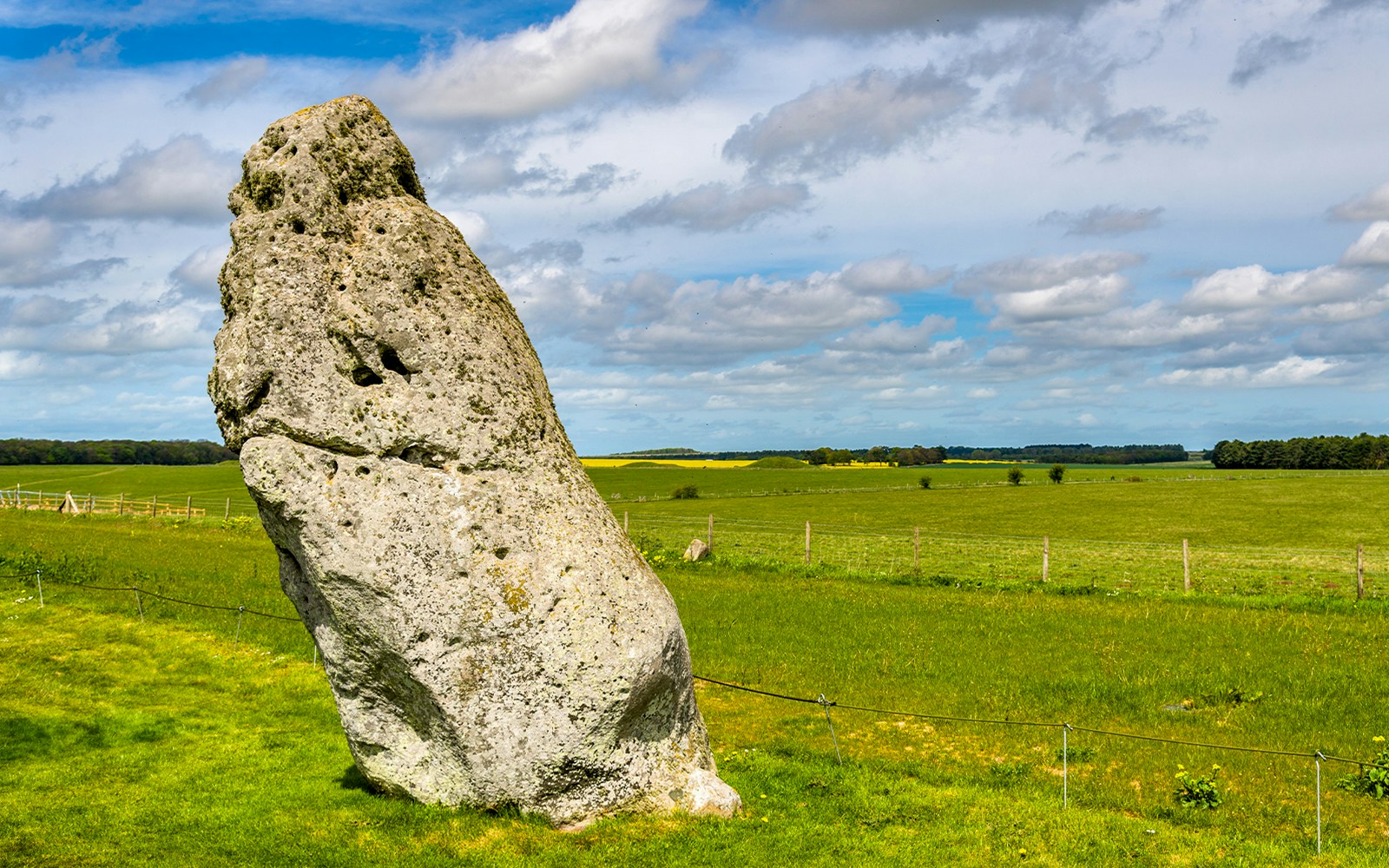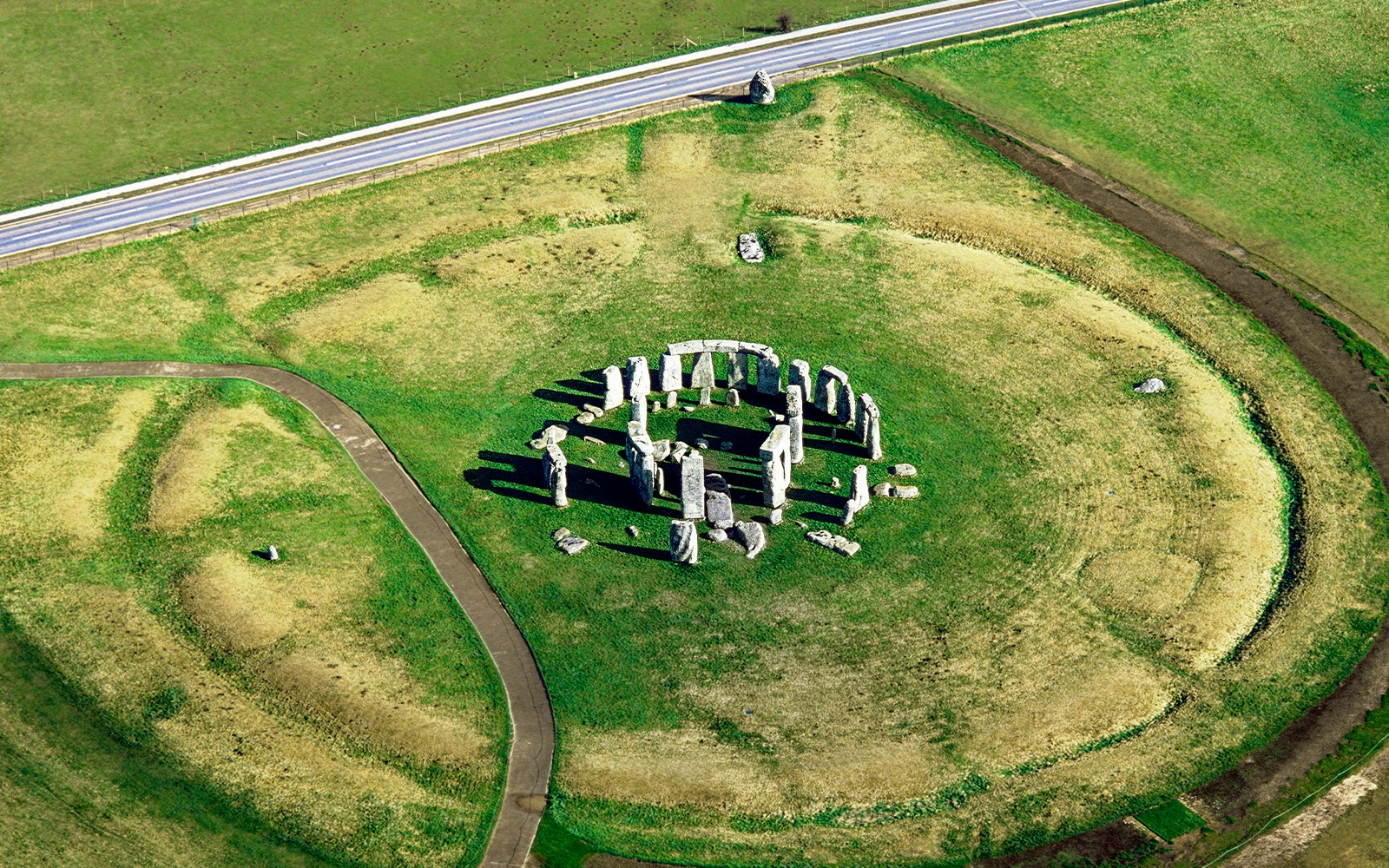Stonehenge Map
Stonehenge, one of the world’s most iconic and recognizable landmarks, is a place of great mystery and historical significance. But to fully experience its awe-inspiring structure, it's essential to understand its layout. This Stonehenge map navigation page is designed to help you plan your visit by highlighting important areas of interest and pathways to ensure you make the most of your time at this ancient monument.





